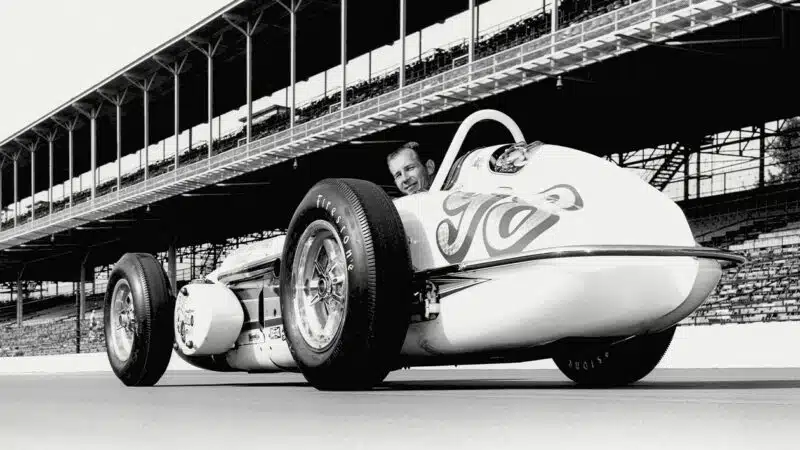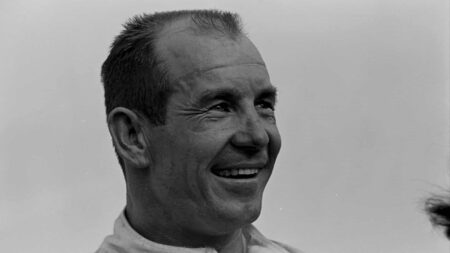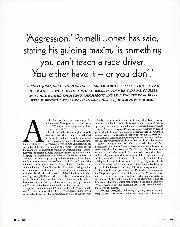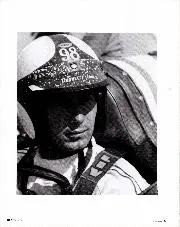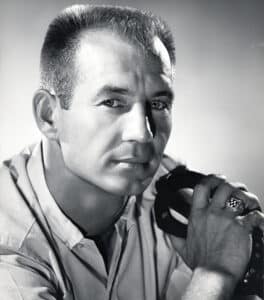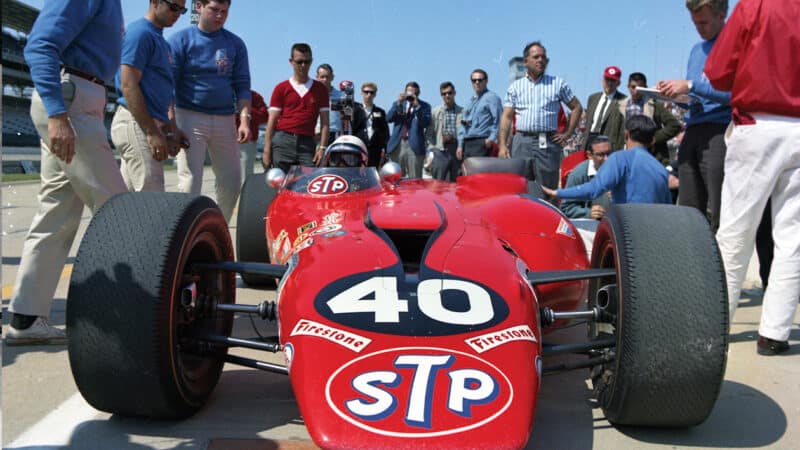VPJ also built and developed a series of Ford and Chevrolet off-road trucks for Parnelli to race while he expanded his business interests with Miletich, becoming a successful Firestone tyre distributor and a property developer in southern California. Today, at 75, Parnelli remains as sharp as ever, full of ideas and quiet, firm opinions. He knows as much about racing as anyone and remains energetic and fit, easily able to recall details from 50 years ago as if they happened yesterday.
Parnelli started life as a professional racing driver in the mid-50s, driving jalopy stock cars at the quarter-mile Orange Show Speedway in San Bernardino, an hour’s drive east of downtown LA. In 1956-57 he was almost unbeatable at the speedway and believes the competition he faced led to his reputation of being an aggressive driver. Constraining his fierce, natural aggression would remain the biggest challenge of his racing career.
“I’ve never had any patience,” he admits. “I remember telling my wife that I could win this race, it was just a matter of holding it together and taking it easy. I got in the car and pretty soon I was trying to put a lap on the field. It was just that instinct I couldn’t seem to overcome.”
During this time Jones started racing NASCAR-type stock cars and met Miletich. Parnelli drove a variety of stock cars but secured a regular ride in a car owned by Ford dealer Oscar Maples and Miletich. Driving for them he won three NASCAR Grand National dirt track races between 1957-59.
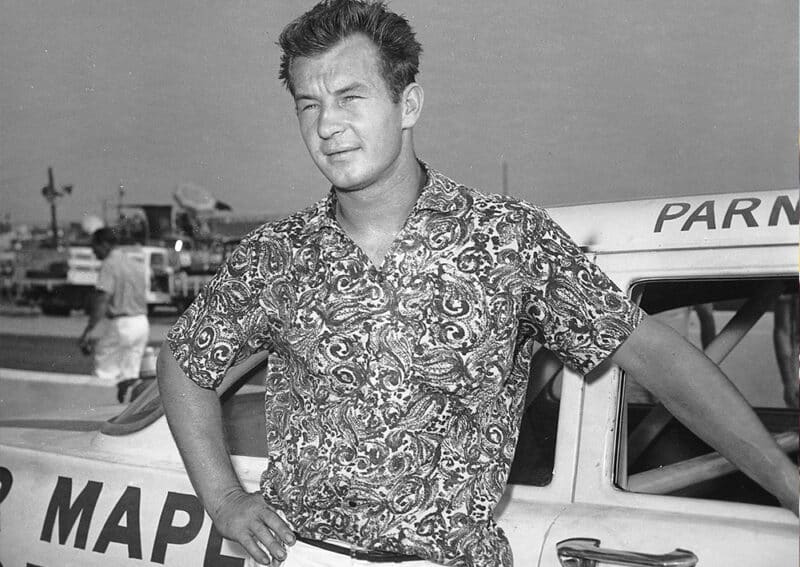
A three-time NASCAR dirt-track champion, Jones also won four Cup races
In 1959, Jim Hurtubise convinced Parnelli to tackle USAC sprint car racing. The pair were friendly rivals and Parnelli showed his stuff by winning back-to-back titles in 1961-62. Hurtubise made his rookie start at Indianapolis in 1960, a year ahead of Jones. He was a talented, happy-go-lucky guy whose promising career was sidetracked when he was badly burned in a fiery accident at Milwaukee in 1964. Nicknamed ‘Hercules’, he set a new qualifying record as an Indy rookie. “After Hurtubise ran that 149mph lap he said, ‘That ain’t nothing. Wait ’til Parnelli gets here.’ I was in the pits with him and that was a big pump for me.”
Parnelli made his 500 debut driving a Watson-Offy roadster for California car owner and Ascot race promoter J?C?Agajanian. He qualified fifth and led for 27 laps before a spark plug fouled and his engine lost a cylinder.
“I dominated that race. Nobody could run with me”
In 1962 Jones qualified Agajanian’s Watson-Offy on pole, becoming the first man to break the 150mph or one-minute barrier around the speedway. Parnelli ran away with the race, leading for 127 laps until an exhaust header cracked resulting in damage to a brake line. Without any brakes for the last third of the race he made it home in seventh place.
The next year Parnelli dominated again, setting another track record in qualifying and leading 167 laps to finally win. Jim Clark finished second in the Lotus team’s first 500, and the closing stages were fraught with controversy as Agajanian and chief mechanic Johnny Poulsen argued with chief steward Harlan Fengler and Colin Chapman to prevent Fengler from black-flagging Jones, whose car was leaking oil.
“I dominated that race. Nobody could run with me,” Parnelli recalls. “I had no problems except for the oil tank. Every year Poulsen would try to make the car better and he changed the cowling, made it a little more aerodynamic and put the air intake on the front. He also built a lighter, more streamlined tank made of aluminium instead of steel. All these things helped to make the car quicker.”
But midway through the 500 Parnelli’s lightweight oil tank cracked. “It suddenly spurted oil onto my left-rear tyre, and man, I almost spun! I didn’t know what was going on. For two or three laps it was real critical, and then it was fine. The only time I saw any indication [of a problem] was when I backed off at the end of the straightaway and there would be a little puff.”
